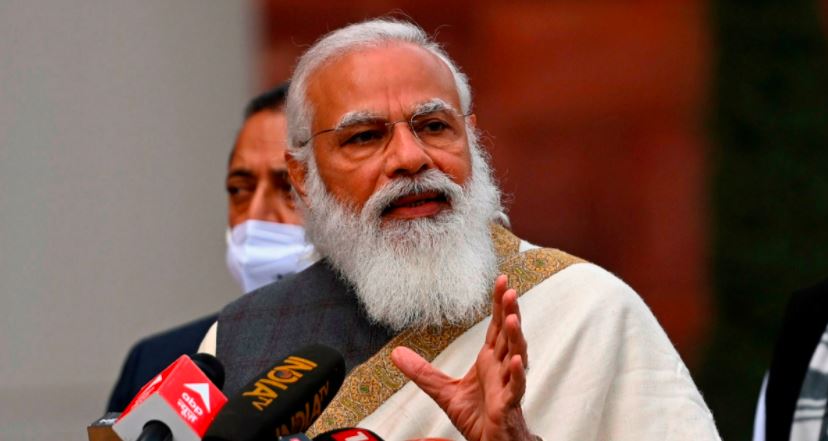Union Finance Minister Nirmala Sitharaman in her Union Budget speech this year had announced that the central government would reduce its stake in two public sector banks, apart from IDBI Bank. Though the government has not yet named them, the Central Bank of India, Indian Overseas Bank and Bank of Maharashtra are tipped to be next in line for privatisation.
The prospects of privatisation and subsequent loss of jobs have left the slacker and inefficient employees worried and they are ramping up the Bank union lobbies to protect their interests.
Although the Union finance minister assured the employees that the merger or privatisation of banks would not harm the interest of workers in any fashion, the slackers are worried. Devidas Tuljapurkar, convener of the United Forum of Bank Unions (UFBU), an umbrella body of nine bank unions told the Mint, “Many employees are worried that even if there is no direct retrenchment, there might be large voluntary retirement schemes, pushing people to leave.”
The Indian banking sector is in a deep mess. Despite the best efforts of the government, the banking sector in the country, dominated by the public sector banks (PSBs), improved only a little. Insolvency and Bankruptcy Code (IBC), one of the best resolution and liquidation systems set up by any country, has improved the PSBs on the Non-performing Assets (NPAs) front, but the other metrics of the majority of the public sector banks remain poor.
The reason behind this lacklustre performance of the Indian banking sector is the domination of public sector banks (PSBs) which account for around 70 per cent of the country’s banking industry. It has been almost five decades since Indira Gandhi nationalised banking in 1969, intending to improve lending in ‘strategic areas’, but since then the banking story of the country only got worse.
In the last economic survey, the policymakers argued that India should have at least six banks at the top, while we have only one – SBI. Even countries like Finland, Austria, and Denmark perform better than India. “India’s banks are disproportionately small, compared to the size of its economy. In 2019, when Indian economy is the fifth largest in the world, our highest ranked bank—State Bank of India— is a lowly 55th in the world and is the only bank to be ranked in the Global top 100,” the survey observed.
The primary reason behind the poor performance of Indian banks is the domination of the public sector in the banking industry. The PSBs are well known for their inefficiency and lethargy. Most of them operate under public pressure and give loans on phone calls. The investor confidence in PSBs is so low that the market capitalisation of all PSBs is lower than that of HDFC. HDFC is a single private sector bank that is valued more than all public sector banks of the country.
The government is already taking steps to increase the role of private sector banks in the government as well as the private market. Previously, in a step that would further lead to privatisation and efficiency of the banking sector, the government has allowed all private banks to participate in its businesses. Given the fact that the government is among the largest clients with an annual transaction of more than 60 lakh crore rupees, this step might open up newer avenues of opportunities for the smaller private sector banks that offer niche services but are not allowed to participate in the government business due to their small size.
Moreover, the privatisation or merger of many PSBs might happen very soon as the government now wants only three or four big public sector banks to cushion market failure cases. However, the progress on these is very slow and the bank unions, which represent the interests of inefficient and corrupt employees, are vehemently opposing the move. The Modi government must complete the process of privatisation of banks as soon as possible because unless the banking and financial sectors improve, there is little to no chance of achieving double-digit economic growth.
